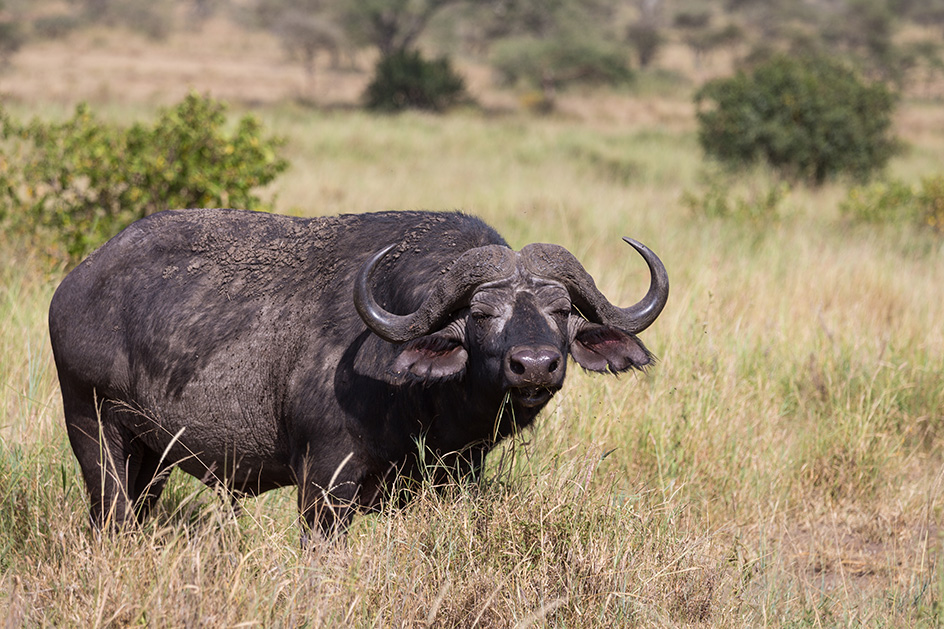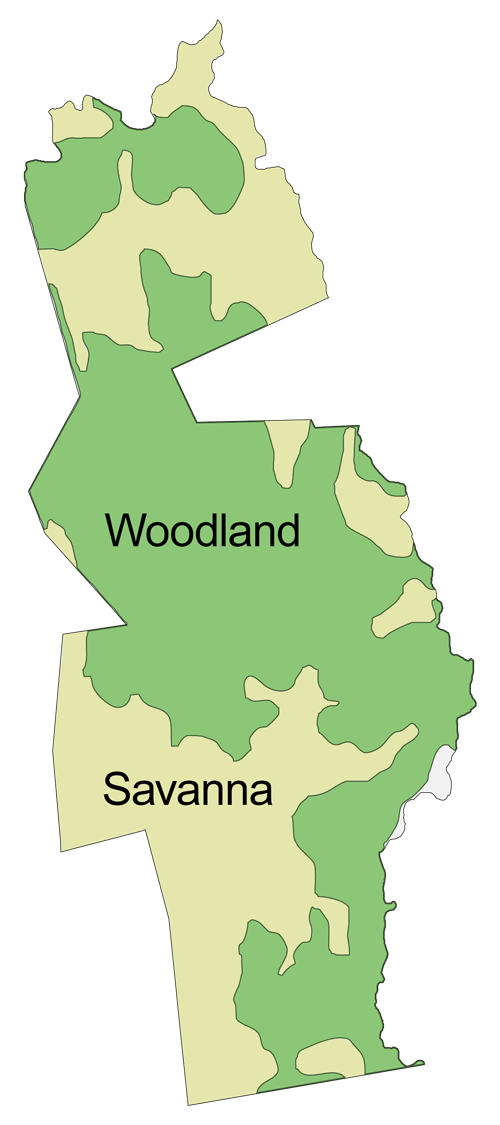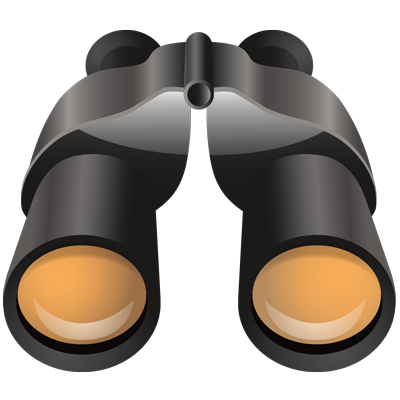You will collect data based on observations only, without using any advanced technologies. Your task is to collect data from four locations. For each location, record your observations, then click the Save Answers button. On the next page you will be provided with data from additional locations.
Identify the animal
Definitions of terms
Latitude is the distance of a location north (N) or south (S) of the Earth's equator. Because Earth is round, distance is measured as an angle between 0 degrees (the equator) and 90 degrees (the poles). For more precision degrees are divided into minutes and seconds.Longitude is the distance of a location east (E) or west (W) of Earth's Prime Meridian. Like latitude, longitude is measured in degrees, minutes, seconds.Species name We will observe only four species of herbivores: Cape Buffalo, Dik-dik, Grevy's Zebra, Impala.Time Observation times have been broken into four categories: morning (5 to 10 a.m.), midday (10 a.m. to 4 p.m.), evening (4 to 8 p.m.), and night (8 p.m. to 5 a.m.).Food In this study, plants are divided into two types: grass and browse. Grasses have long, cylindrical stems and leaves that form blades. Browse is a catch-all classification for a wide variety of generally woody plants, including shrubs and small trees. Herbivores that feed mostly on grass and ground vegetation are referred to as grazers, and herbivores that primarily eat leaves and shoots of higher-growing plants are called browsers.






